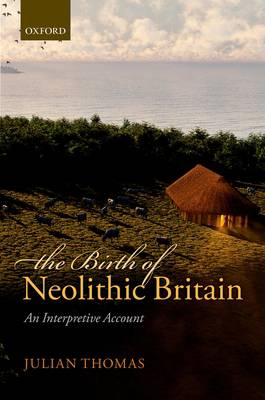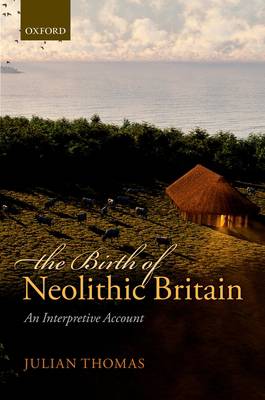
Je cadeautjes zeker op tijd in huis hebben voor de feestdagen? Kom langs in onze winkels en vind het perfecte geschenk!
- Afhalen na 1 uur in een winkel met voorraad
- Gratis thuislevering in België vanaf € 30
- Ruim aanbod met 7 miljoen producten
Je cadeautjes zeker op tijd in huis hebben voor de feestdagen? Kom langs in onze winkels en vind het perfecte geschenk!
- Afhalen na 1 uur in een winkel met voorraad
- Gratis thuislevering in België vanaf € 30
- Ruim aanbod met 7 miljoen producten
Zoeken
The Birth of Neolithic Britain
An Interpretive Account
Julian (Professor of Archaeology, University of Manchester) Thom
Hardcover
€ 201,45
+ 402 punten
Omschrijving
The beginning of the Neolithic in Britain marks the end of a hunter-gatherer way of life with the introduction of domesticated plants and animals, polished stone tools, and a range of new monuments. Using a synthesis of this material, Thomas offers a coherent argument to explain the process of transition between the Mesolithic-Neolithic periods.
Specificaties
Betrokkenen
- Auteur(s):
- Uitgeverij:
Inhoud
- Aantal bladzijden:
- 528
Eigenschappen
- Productcode (EAN):
- 9780199681969
- Verschijningsdatum:
- 28/11/2013
- Uitvoering:
- Hardcover
- Afmetingen:
- 163 mm x 240 mm
- Gewicht:
- 940 g

Alleen bij Standaard Boekhandel
+ 402 punten op je klantenkaart van Standaard Boekhandel
Beoordelingen
We publiceren alleen reviews die voldoen aan de voorwaarden voor reviews. Bekijk onze voorwaarden voor reviews.









